Here's What Thunderstorms Look Like From Space
Dhir Acharya - Jan 27, 2021
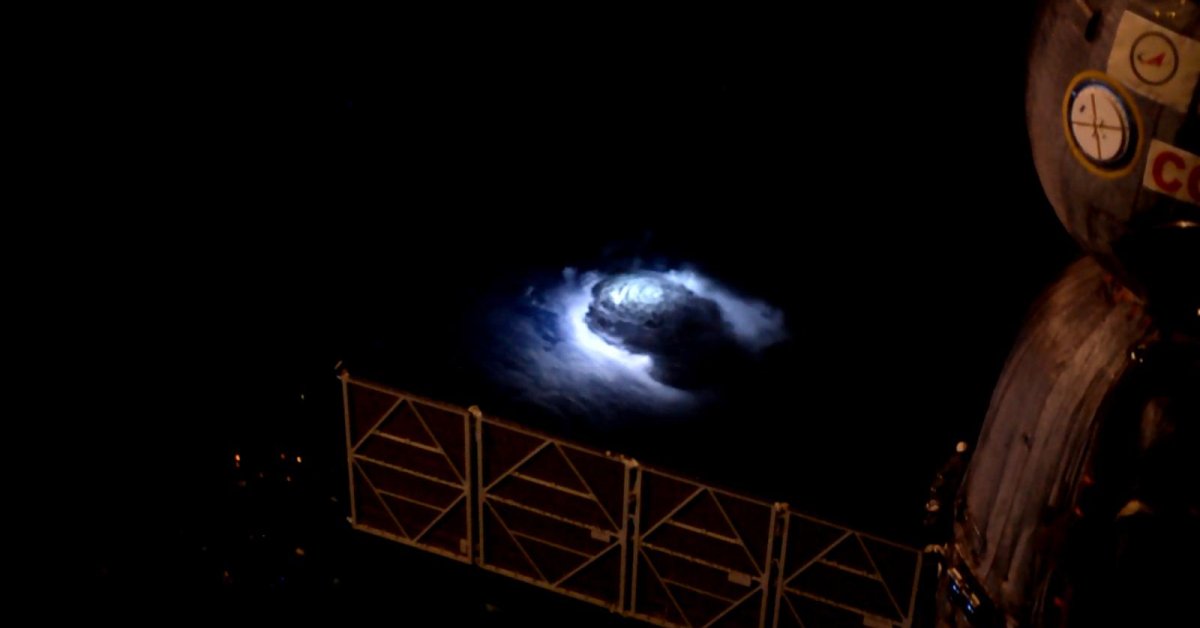
If they didn’t cause any serious damages to people’s lives, thunderstorms could actually be one of the most enjoyable atmospheric events to watch.
- Japan Hydrogen Breakthrough: Scientists Crack the Clean Energy Code with Mind-Blowing 1,000% Efficiency Jump
- 'Five-second rule' For Food Dropped On The Floor: Is It True?
- Scientists Want To Send 6.7 Million Samples, Including Sperm, To The Moon
Thunderstorms are generally pretty cool. If it didn’t cause any serious damages to people’s lives, a thunderstorm could actually be one of the most enjoyable atmospheric events to watch.
However, researchers have struggled to understand the inner workings of large thunderstorms for quite a while, especially regarding what happens up in the region where a storm ends and the atmosphere rests.
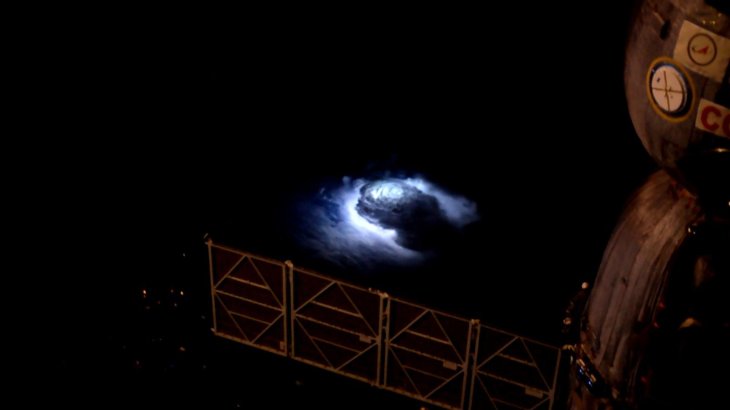
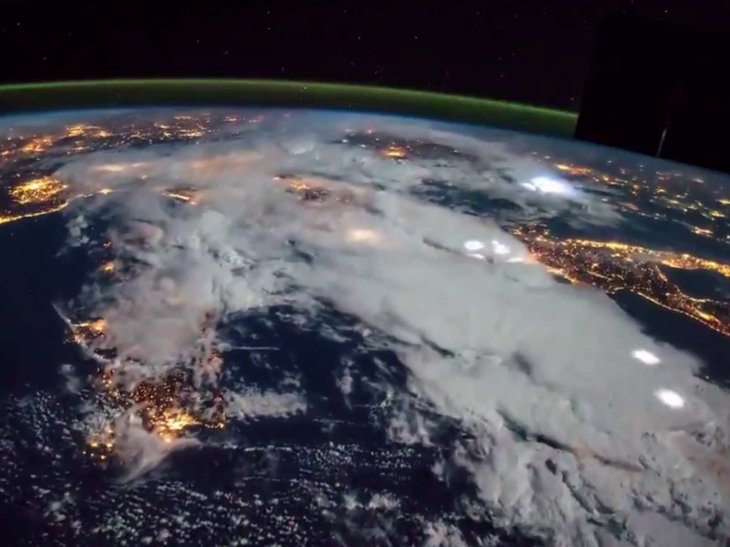
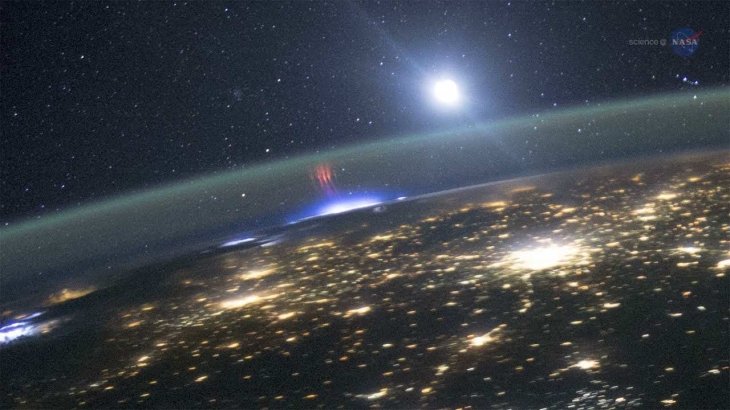
But new research from the ISS is helping scientists understand some of the more curious storm phenomena such as the elves ad the blue jets. While these names sound like they are from a sci-fi movie, they are actually real and interesting terms.
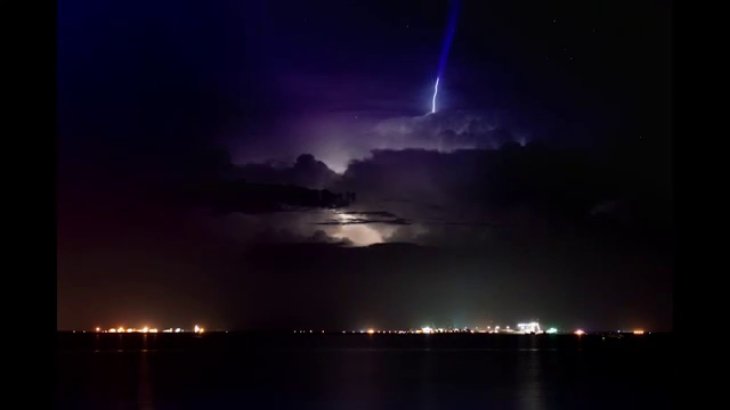
Scientists from the European Space Agency are using observations from the Atmospheric-Space Interactions Monitors (ASIM) that are mounted to the space station with the aim of studying storm features that can only be seen from space.
What are elves, blue jets, and sprites, exactly? These terms are quite complicated, but they are all related to one another and to the discharge of stored energy.
According to the researchers:
“Blue jets are lightning-like, atmospheric electric discharges of several hundred millisecond duration that fan into cones as they propagate from the top of thunderclouds into the stratosphere. They are thought to initiate in an electric breakdown between the positively charged upper region of a cloud and a layer of negative charge at the cloud boundary and in the air above. The breakdown forms a leader that transitions into streamers when propagating upwards.”
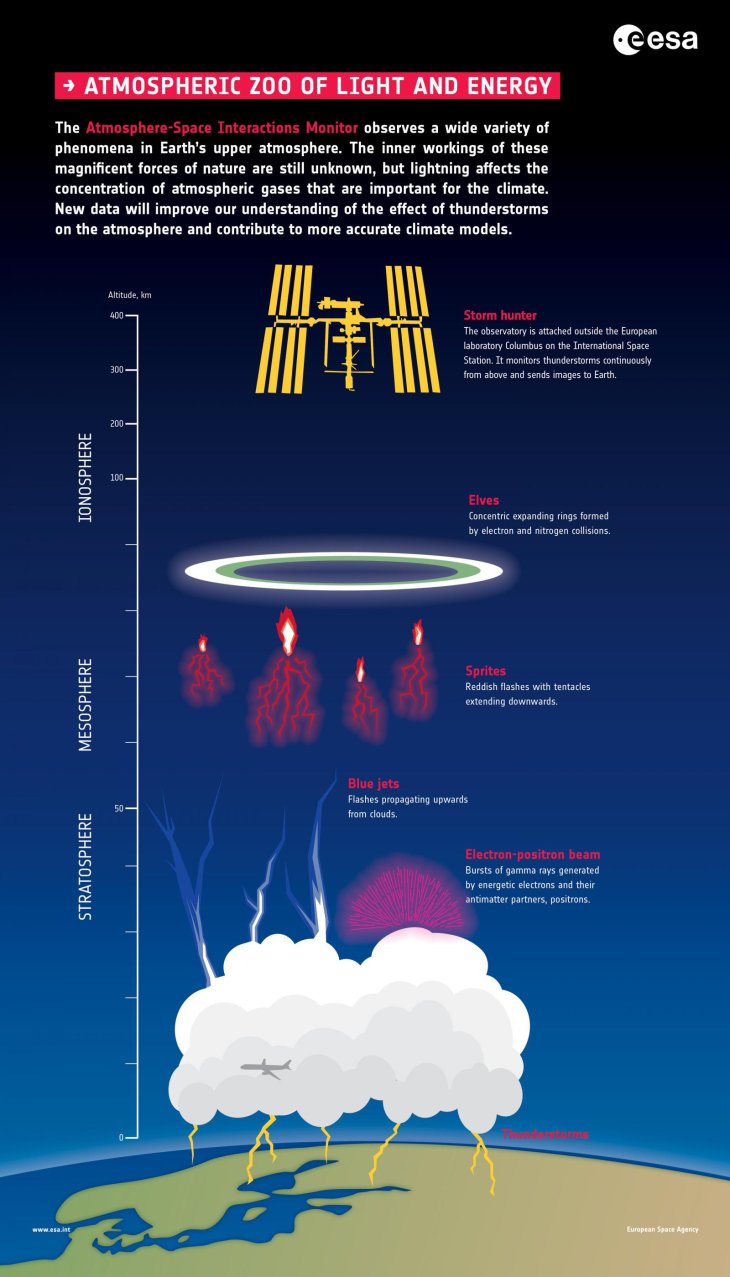
With the human eyes, we can see a bright blue bolt that fires upwards into the atmosphere like a reversed lightning bolt. On the other hand, it’s harder to detect elves with the naked eye while they can only be partially seen with ultraviolet-sensing equipment. These are also described as “expanding rings” of both UV and optical emissions. In some cases, elves accompany blue jets.
Meanwhile, sprites are like bolts of energy that flow downward toward the storm from above, appearing red to the naked eye. This atmospheric area is called the mesosphere, which is below the ionosphere where the elves happen.
When more observations and data are compiled, things get even more interesting and scientists will learn more about these features of our Earthly weather.
>>> Snow Falls In Sahara Desert, Temperature Reaching -2 Degrees Celsius
Featured Stories

Features - Jul 01, 2025
What Are The Fastest Passenger Vehicles Ever Created?

Features - Jun 25, 2025
Japan Hydrogen Breakthrough: Scientists Crack the Clean Energy Code with...

ICT News - Jun 25, 2025
AI Intimidation Tactics: CEOs Turn Flawed Technology Into Employee Fear Machine

Review - Jun 25, 2025
Windows 11 Problems: Is Microsoft's "Best" OS Actually Getting Worse?

Features - Jun 22, 2025
Telegram Founder Pavel Durov Plans to Split $14 Billion Fortune Among 106 Children

ICT News - Jun 22, 2025
Neuralink Telepathy Chip Enables Quadriplegic Rob Greiner to Control Games with...

Features - Jun 21, 2025
This Over $100 Bottle Has Nothing But Fresh Air Inside

Features - Jun 18, 2025
Best Mobile VPN Apps for Gaming 2025: Complete Guide

Features - Jun 18, 2025
A Math Formula Tells Us How Long Everything Will Live

Features - Jun 16, 2025
Comments
Sort by Newest | Popular